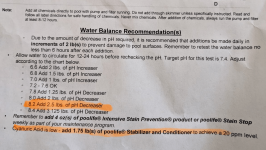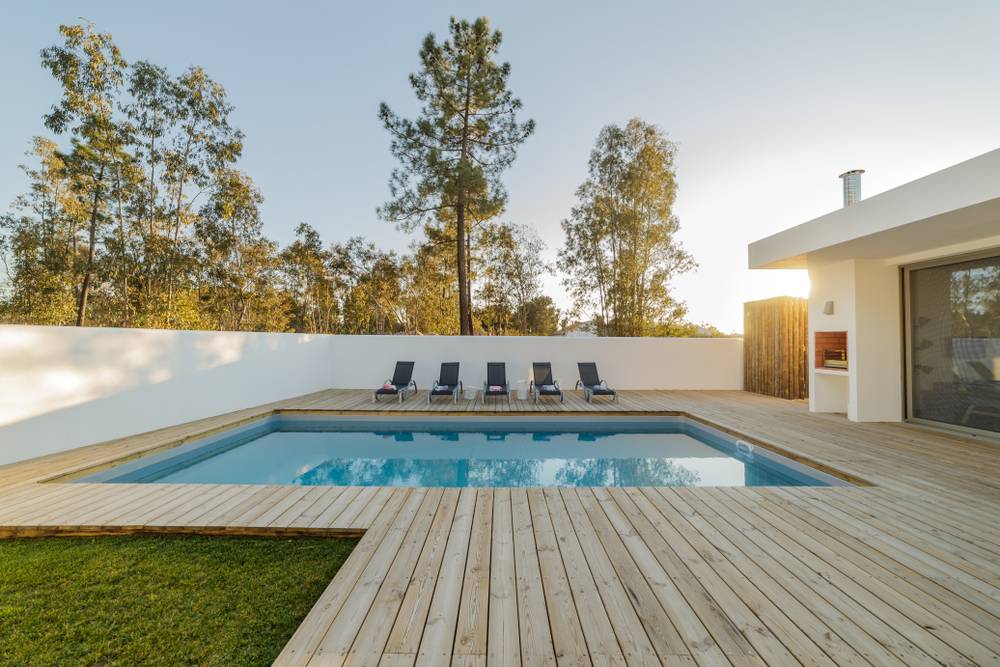Here's the skinny. Firstly, don't let a mason jar (or anything glass) anywhere near your pool. I'll spare you the long version, but breaking a glass in your pool is really bad. It's virtually impossible to get out the shards, as they turn invisible, until someone steps on one, that is.
@IceShadow is steering you in the right direction, describing his PVC pipe. This is mine:
View attachment 435237View attachment 435238
It takes a sample from about 18-24" below the surface. I don't have to kneel, and I barely get the tips of my fingers wet. Great when the weather turns cold, or the bones grow old.
Here's what I collect the sample in. They're free at Leslie's. Well, free in the sense that they want you to let them test your water, so they give you one. So buy some chlorine from them and you can call it even. It has a squirt cap, which makes it very easy to measure out the correct amount of pool water into the test vial.
View attachment 435247
Sample the water about midway of your pool (between the shallow and deep ends), away from the skimmer and the returns as much as possible. Sample the water in the same place every time. This helps with achieving consistent, repeatable testing methods, which is the goal.
1. Dump out any remaining water from the Leslie's sampler.
2. Seal off the top of the PVC pipe with your thumb.
3. Lower it into the water, all the way, then release your thumb.
4. Let it fill, cap it off again with your thumb, then pull it out of the pool.
5. Fill the Leslie's sampler with the water from the pipe, then dump it out while shaking. This "first pass" rinses both the pipe and the bottle with current pool water.
6. Then repeat all that a second time to collect the testing sample.
That's how I do it, anyway...










